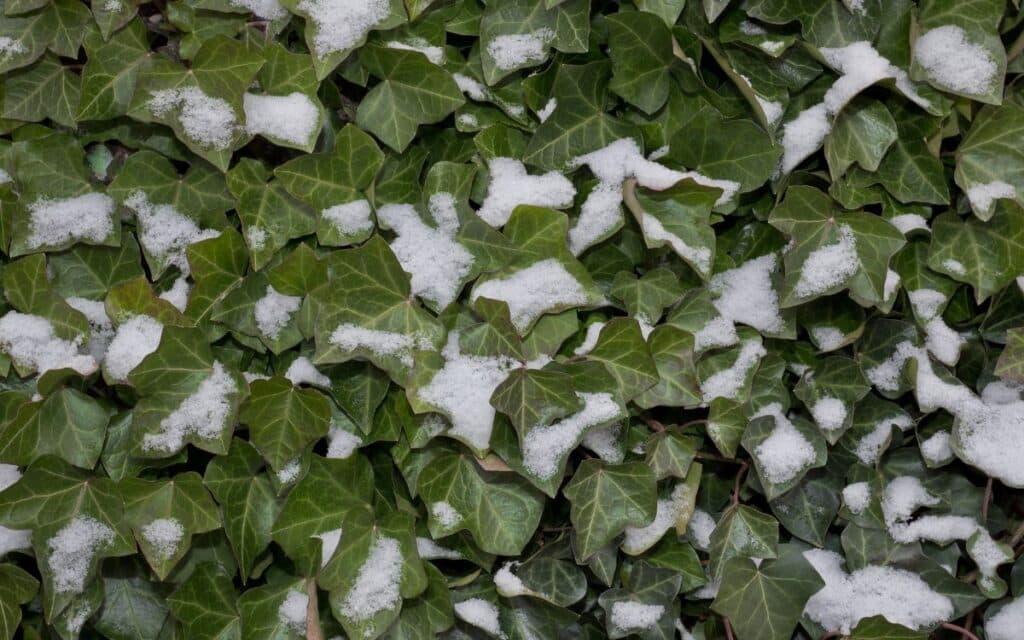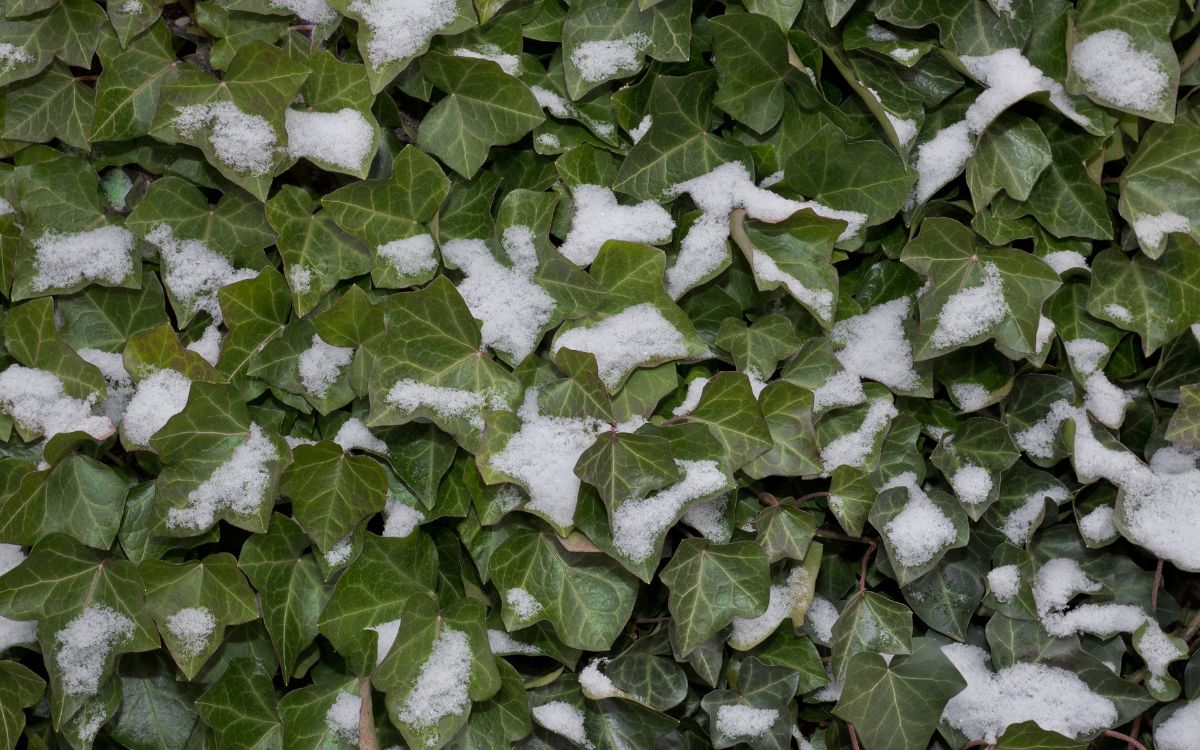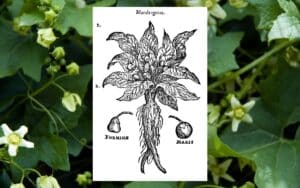IVY, an evergreen marvel, is easily recognisable. HELEN J.R. BRUCE looks at the charm of this beloved Christmas plant

The Folklore of Ivy
Although many trees may be bare, the leaves of ivy remain evergreen throughout the winter.
The berries of this easily recognisable, climbing plant are a useful food source for birds and small mammals during the cold months and the leaves feature in various traditional cures and charms.
Ivy clings onto supporting walls, and some Christians see this as symbolising their attachment and undying love for Jesus Christ, with Christmas being an important time to be reminded of this.
Divination with Ivy
A Twelfth Night folk tradition in Cornwall involved the whole family gathering ivy leaves and choosing one to represent them. They would then write their name on this leaf and drop it into a bowl of water, which was left overnight. Divination was practiced in the morning by examining the ivy leaves. If any had curled into a coffin shape they predicted the approaching death of the person whose name was written on that leaf.
In another tradition, young unmarried girls would collect ivy and fill their pockets with the leaves. They would then take a walk, carrying the ivy with them, believing that they first young man they met would be their future husband. A slightly alternative version of this practice was to sleep with an ivy leaf under your pillow, in order to dream of your future lover.
Ivy and the Home
It was once believed that ivy growing on the walls of a house meant that those who lived there were protected from evil. Traditionally, it has been used to dress homes and Christianity adopted the plant as a symbol of eternal life, due to its evergreen nature. Keeping ivy as a houseplant may help to purify air in the home.
In a blending of pagan and Christian beliefs, some folk thought the icy winter winds were demons, and believed that hanging ivy around the home helped to keep them away. In the carol ‘The Holly and the ivy’ the ivy represents the virgin mother of Jesus and in pagan belief holly was deemed to be masculine while ivy had a feminine energy. Decorating with both brings a symbolic balancing of energy.
A study commissioned by Oxford University, on behalf of Historic England, discovered that ivy cannot create new holes or cracks in buildings and that it can be discouraged from growing into existing defects by pruning. What’s more, an ivy clad home is better able to balances extremes of humidity and temperature and the leaves can filter out dust and other pollutants in the air before they find their way in through windows.
Folkloric Cures
Ivy was believed to help heal sick animals, and in Shropshire a piece of ivy was given to farm animals to eat before midday on Christmas day, thus guarding them from evil spirits throughout the coming year.
An old (and slightly dubious) hangover cure suggested drinking bruised ivy boiled in wine, while in other folk traditions it was used to treat ringworm and draw out corns.
Ivy is believed to be particularly lucky for women. When used in love charms, it is sometimes symbolically paired with a sprig of holly, and the branches are bound together while words are spoken to encourage fidelity between the two lovers that the leaves symbolise.
Wherever it is seen during winter, the deep green leaves of ivy serve as a reminder that spring will come around again and the forest will once again be lush and abundant.
Tell us your thoughts about ivy folklore in the comments section below!







